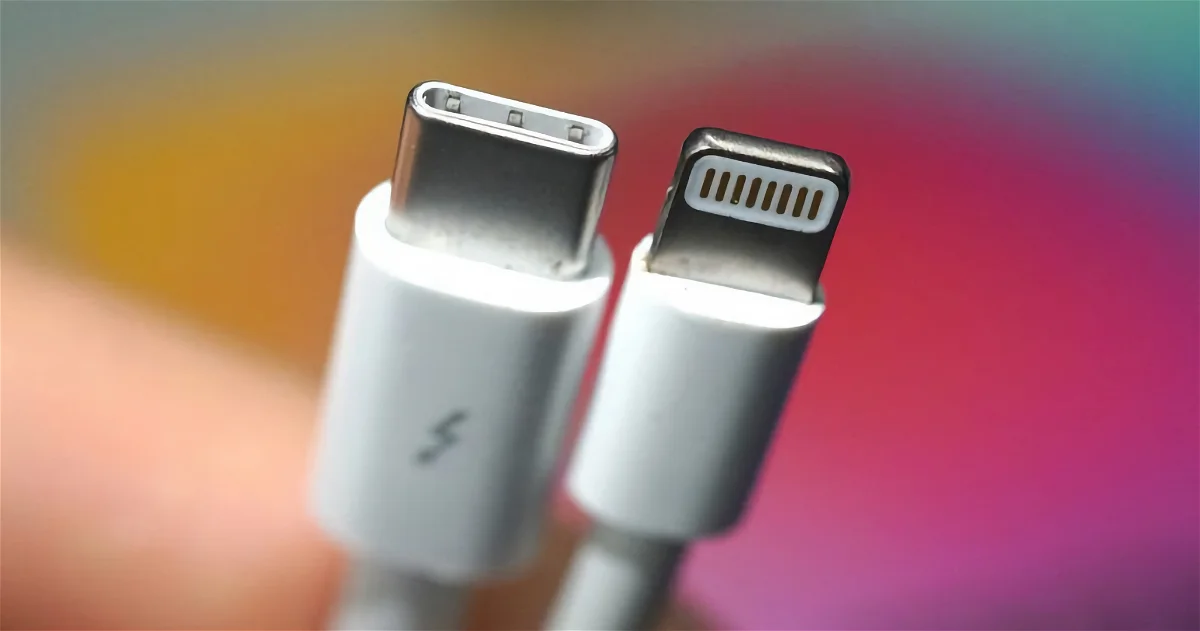Lightning vs USB-C: what does the iPhone gain and what does it lose?
iPhone
Soon the iPhone may change its Lightning connection to USB-C and this brings some disadvantages as well as many advantages.
Using Apple for 10 years lightning connection on iPhone, and on many other devices. This connector is still available on the input iPad and devices such as: AirPods or as accessories Magic Keyboard, Magic Mouse and Magic Trackpad. But pretty soon Europe will force Apple to use USB-C connectivity on the iPhone, and that could mean good things and bad things.
Of course, an iPhone with USB-C has many advantages, especially when it comes to third-party accessories. However, users who have been with the iPhone for years and have accumulated accessories can also lose a lot. Therefore, we decided to face both connectors, not only to see which one is better, but also to check. Advantages and disadvantages of its arrival on the iPhone.

Lightning connectivity has been on the iPhone for years, but that could change very soon
Lightning and USB-C
| characteristic | Lightning | USB-C |
|---|---|---|
| Release date | 2012 | 2014 |
| Quantity | 6.7×1.5mm | 8.2×2.6mm |
| transfer rate | 480Mbps(USB2) | 40Gbps(USB4) |
| upload speed | Up to 30W (approx.) | up to 240W |
lightning link

Lightning connection on iPhone for 10 years
The Lightning cable was introduced in 2012, replacing Apple’s 30-pin connector, and it did so with an almost unrivaled solution. This is a connector very small, robust and completely reversible. The truth is, ten years later, it’s still a very difficult connector to improve.
The only issue seems to be outdated when it comes to file transfer speed and upload speed. Currently iPhone’s Lightning connector Supports USB2 and about 30W chargingWhile it’s true that Apple gave the iPad Pro a 12.9-inch connection USB3 under lightningso technically the connector is compatible.
The good thing about the Lightning connector, very hard to break. We have a solid 8 pin part and another 8 pins go into the female connector, there are reversible pins on both sides of the connector.
Advantage
- Reversible.
- A more compact size.
- The connector is more solid and difficult to break.
- A large ecosystem of official and third-party accessories.
disadvantages
- This is not an industry standard.
- Much slower charging and data transfer speeds.
USB-C connection

USB-C connectivity looks like the future of the iPhone
The main advantage of the USB-C connector is that it is a standard, so it supports all kinds of new technologies and does it at very good prices. Similar data transfer speeds and charging speeds far surpass Apple’s Lightning. In addition, in a single connector we have many options, as it can act as an HDMI or port for connecting accessories such as a keyboard.
Unlike the Lightning connector, USB-C is a bit more complicated, it could be said. reverse to apple connector. this inside the connector there is a hole through which a small tab on the device must be inserted.. This means that the inner tab can bend and break if not placed correctly.
Advantage
- Reversible.
- High data transfer rates up to 40 Gbps with USB4.
- Faster charging of the device,
- Greater compatibility with third-party accessories.
- One connection for many options: charge, data, HDMI, Thunderbolt, DisplayPort…
disadvantages
- A larger connector.
- A less robust, easier to break connector.
As with all changes, there are good things and bad things. However, it seems clear that Apple will sooner or later use the USB-C connection on the iPhone, so the iPhone 14 may be the last to have a Lightning connection.
Source: i Padizate











